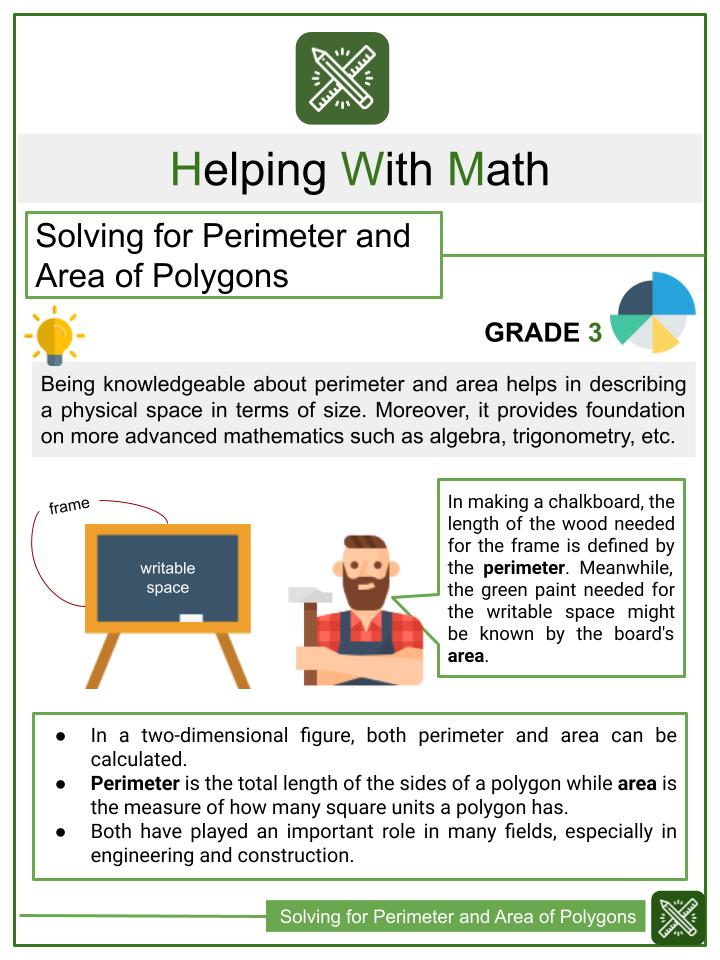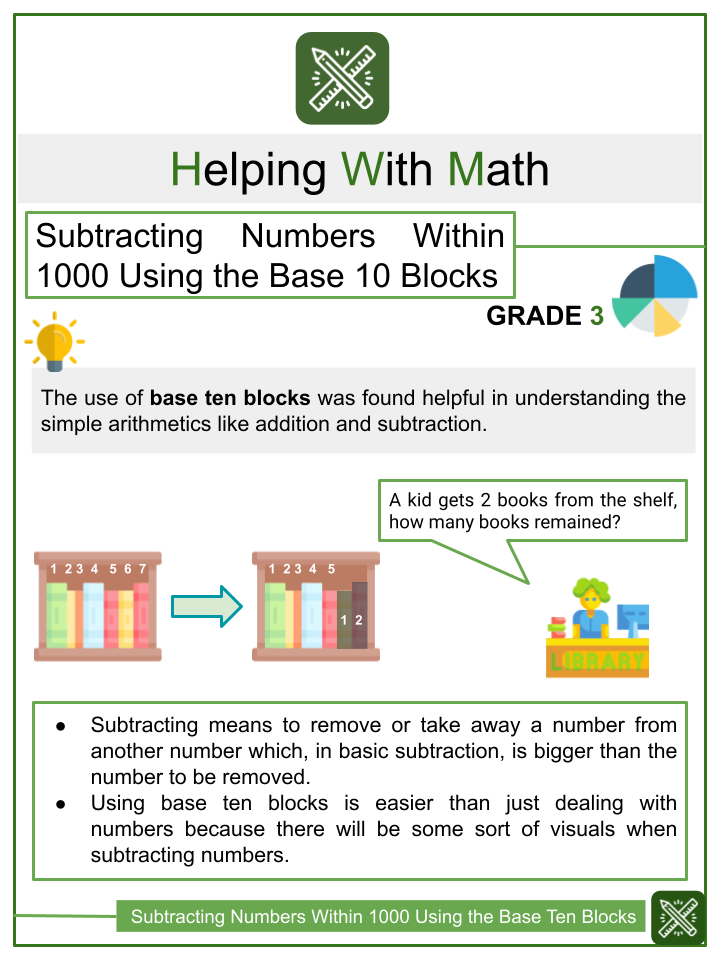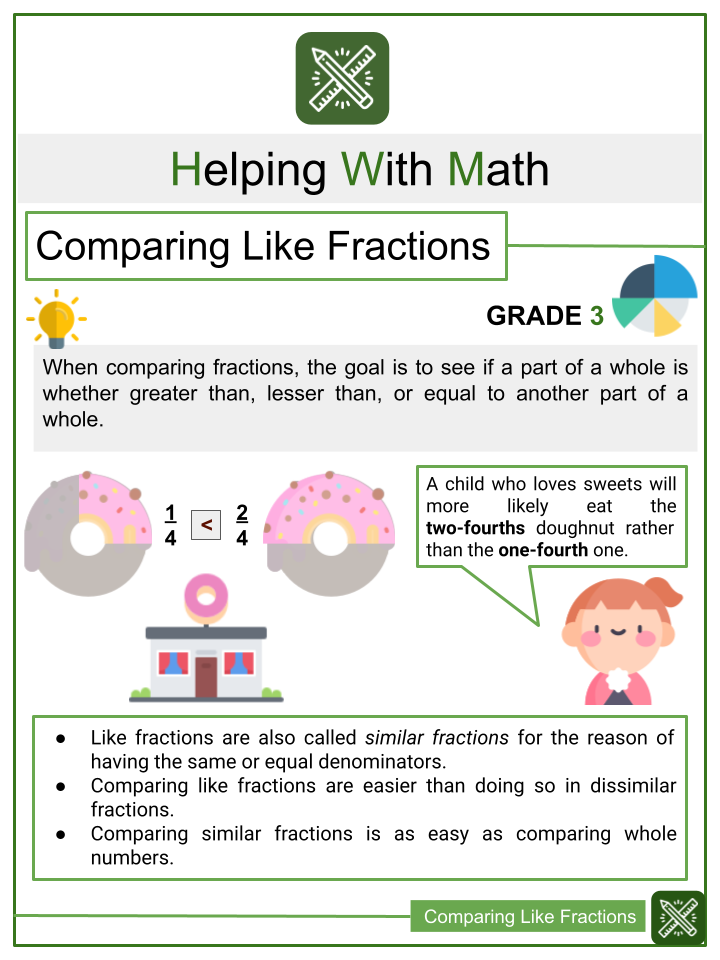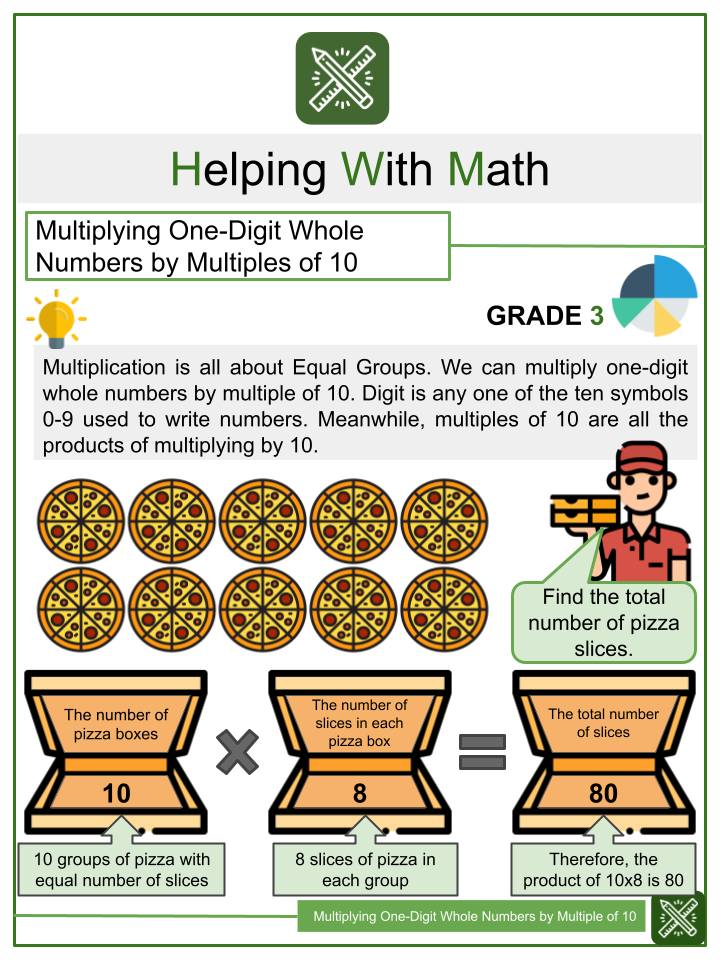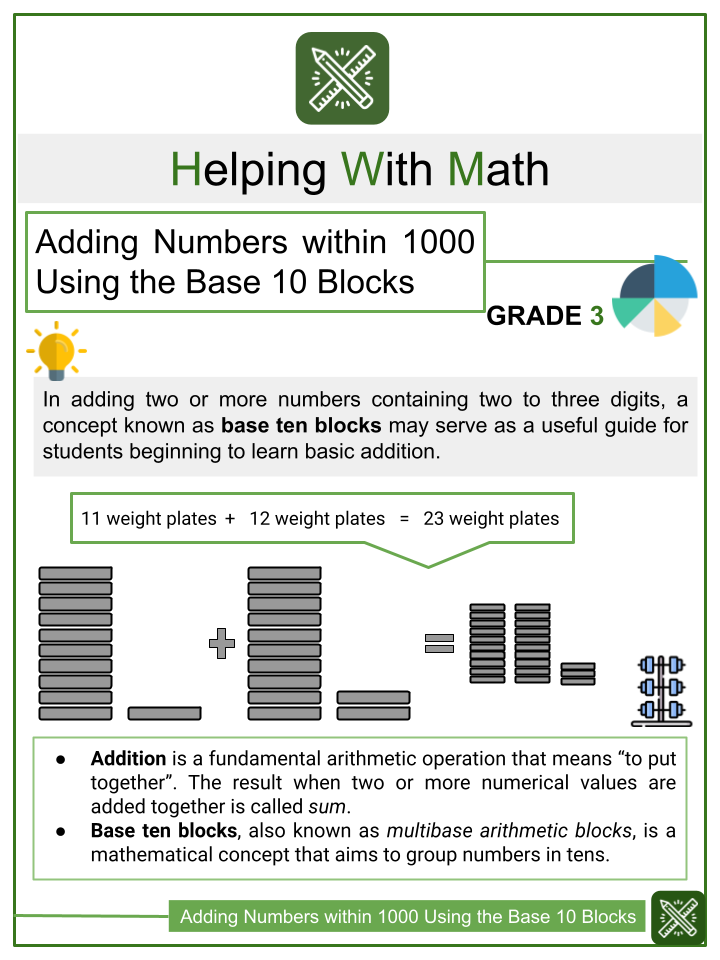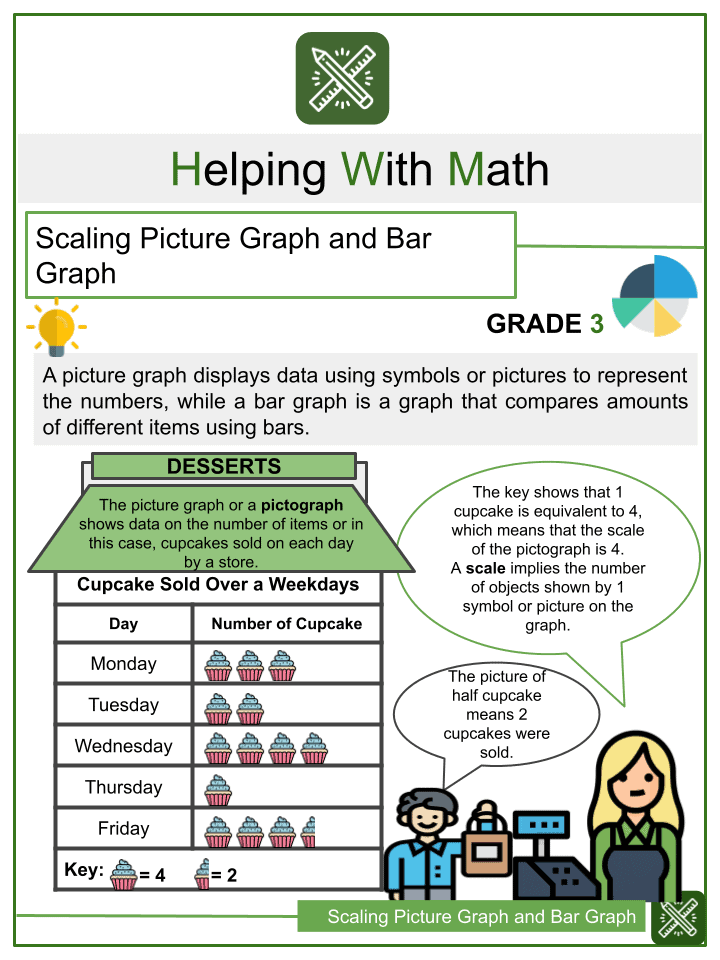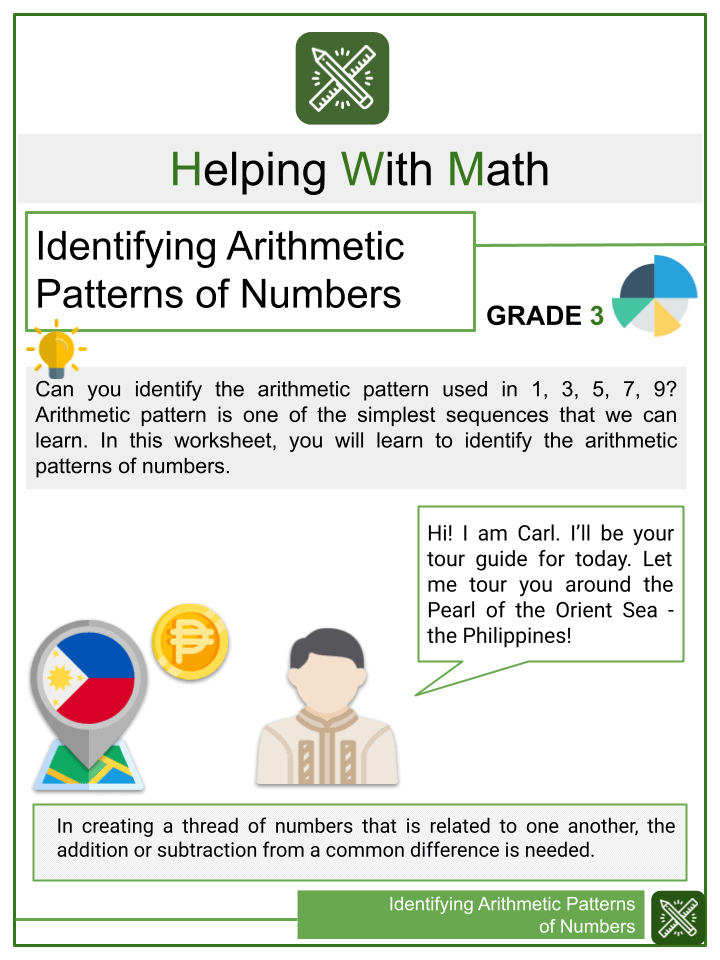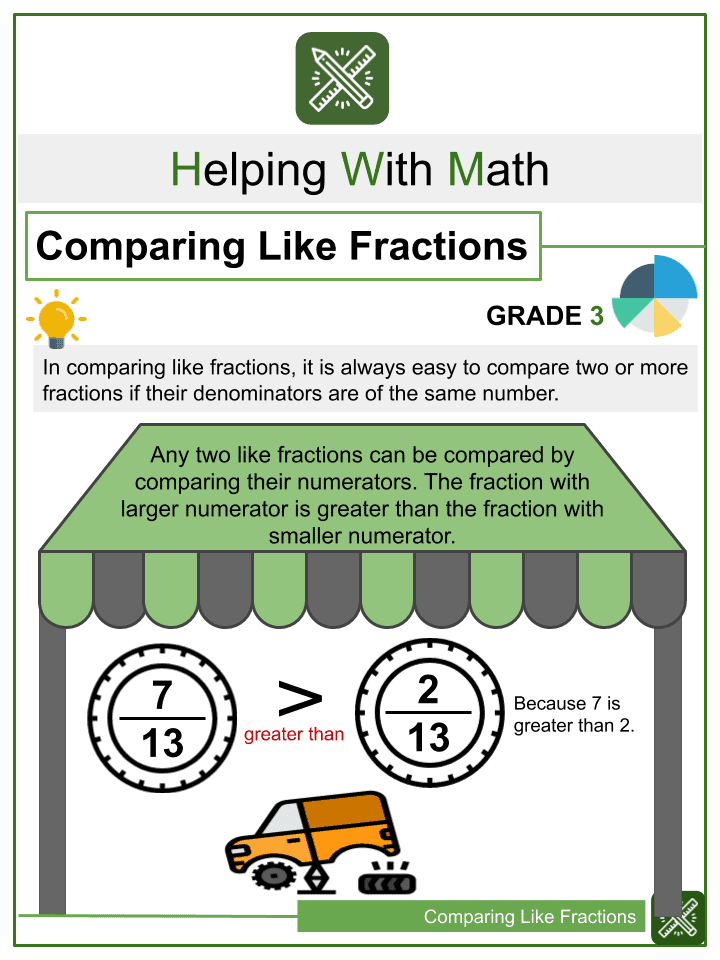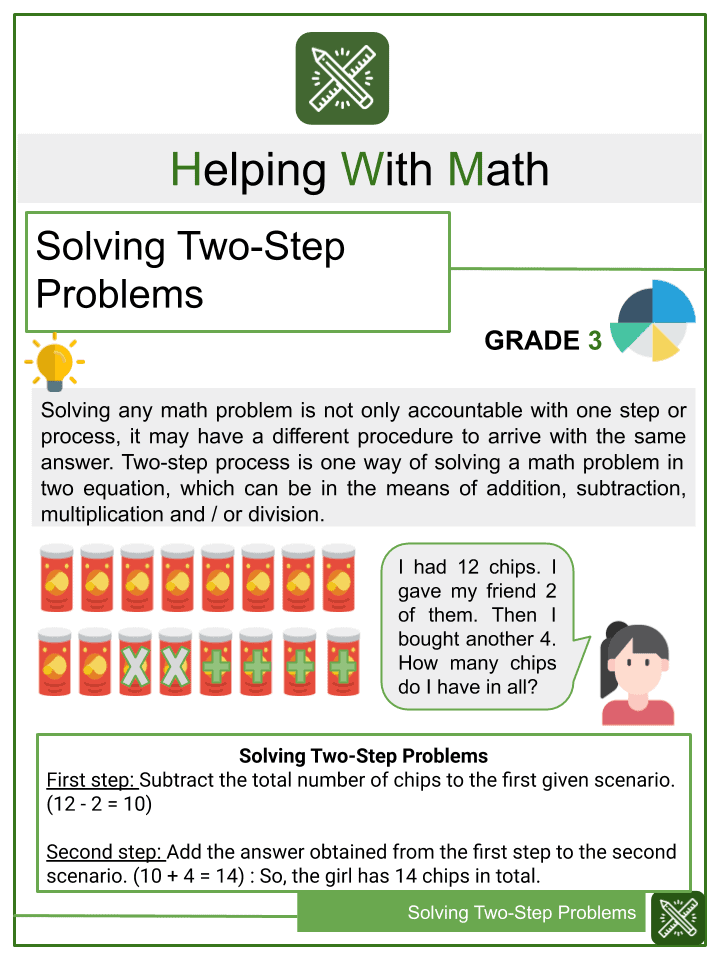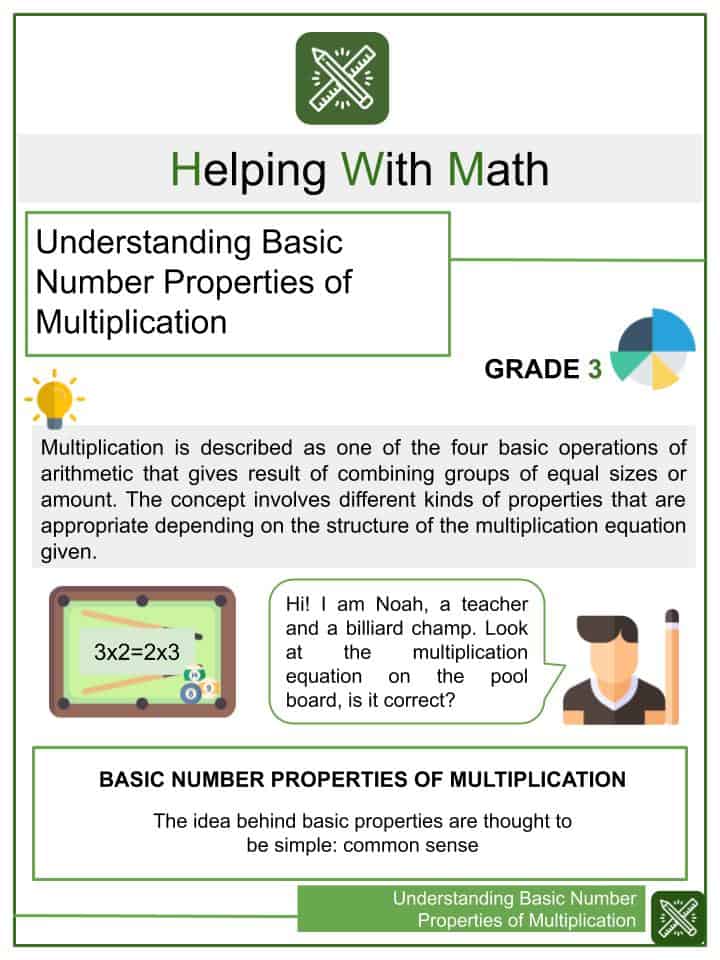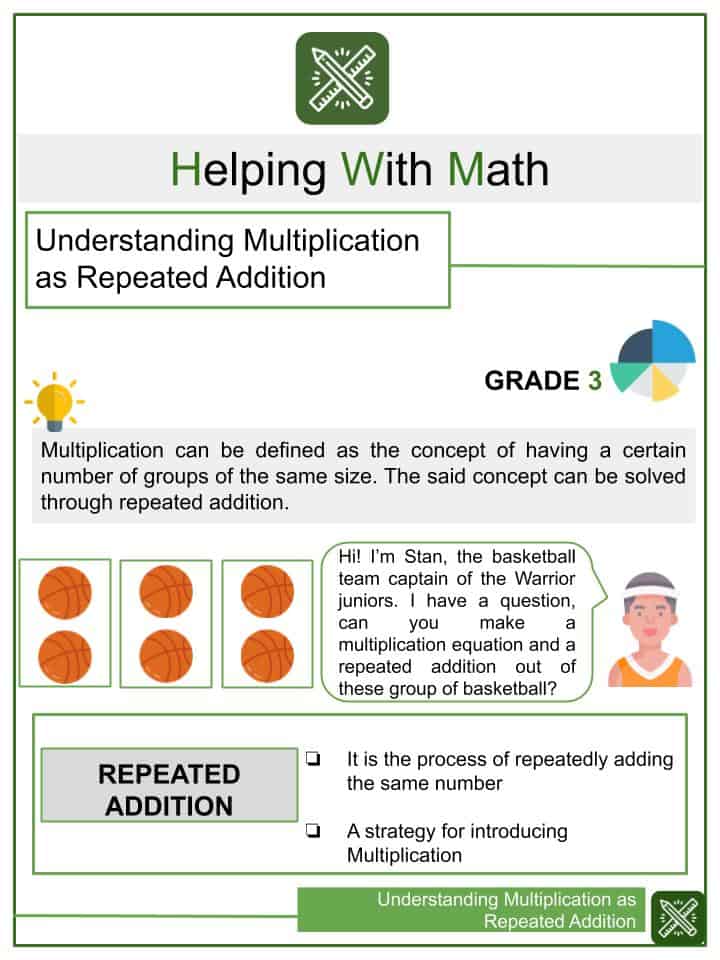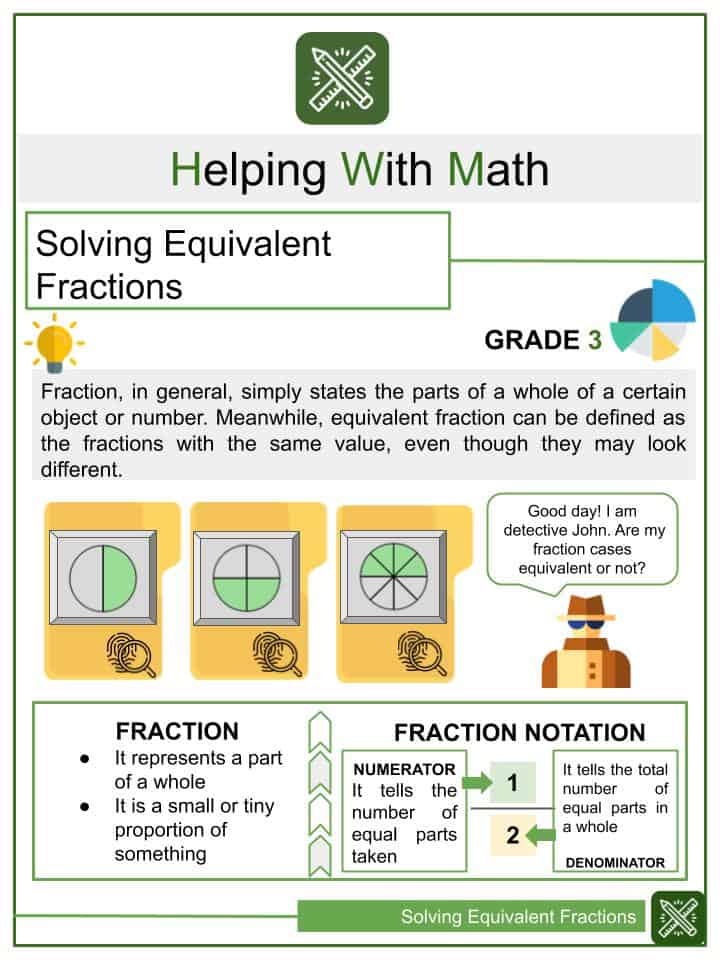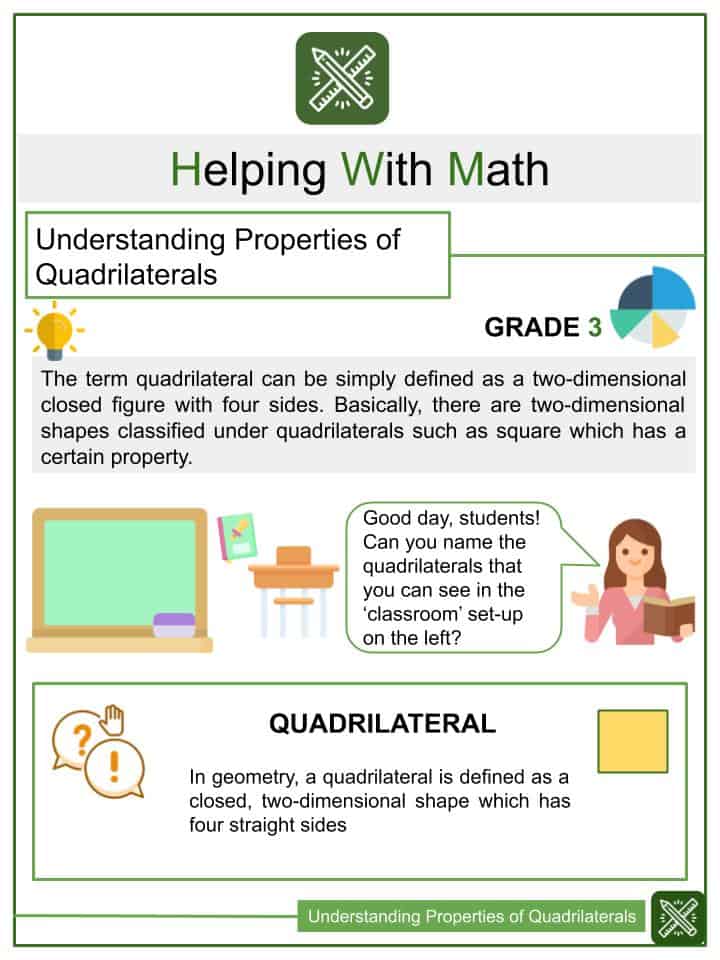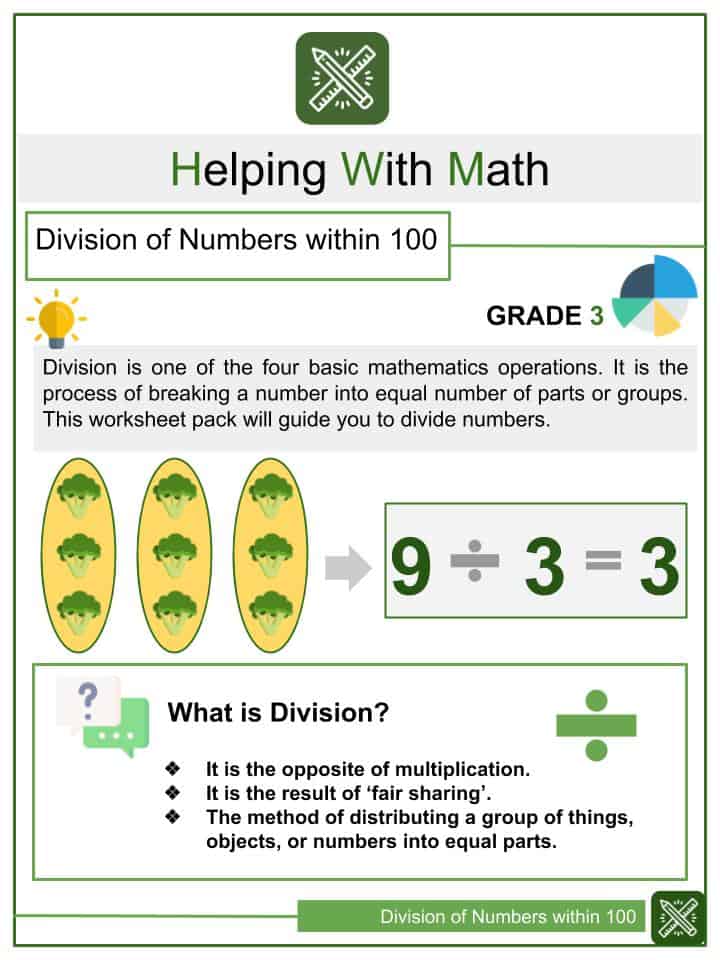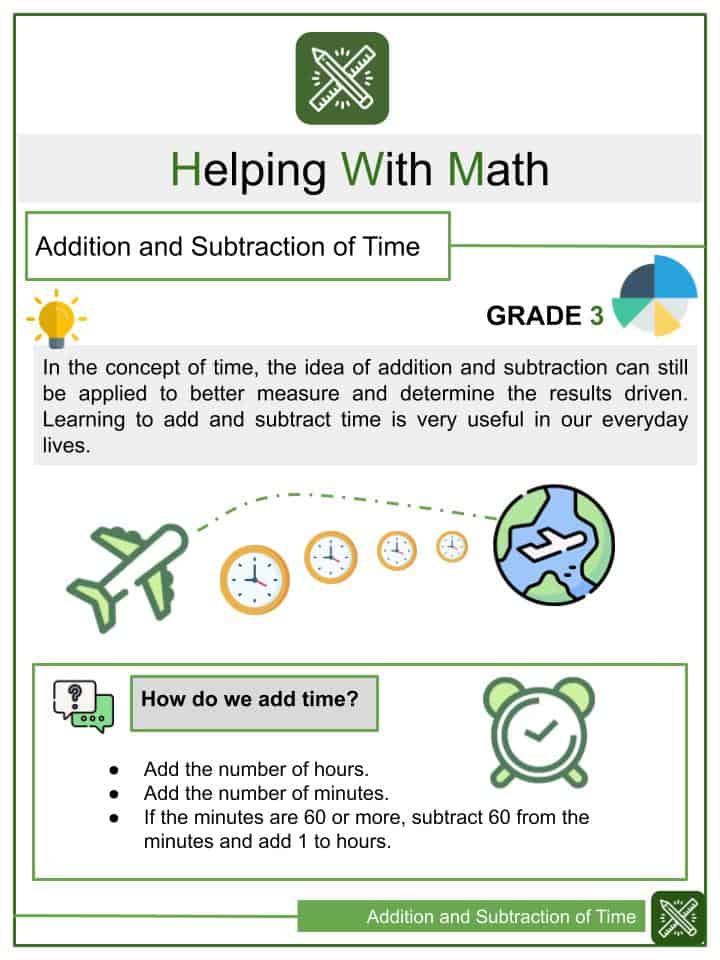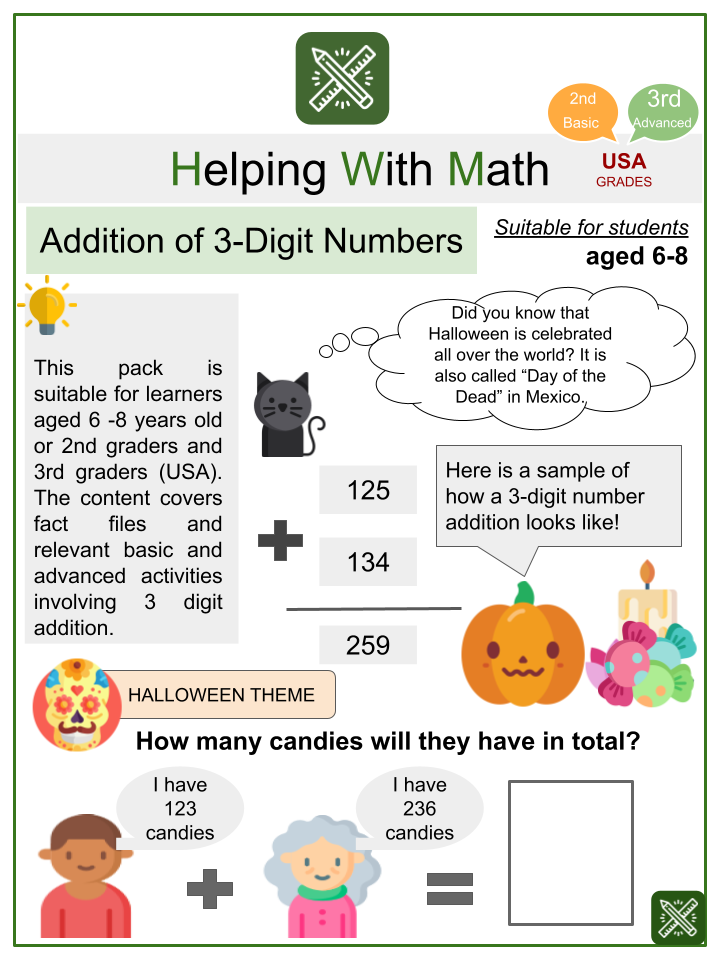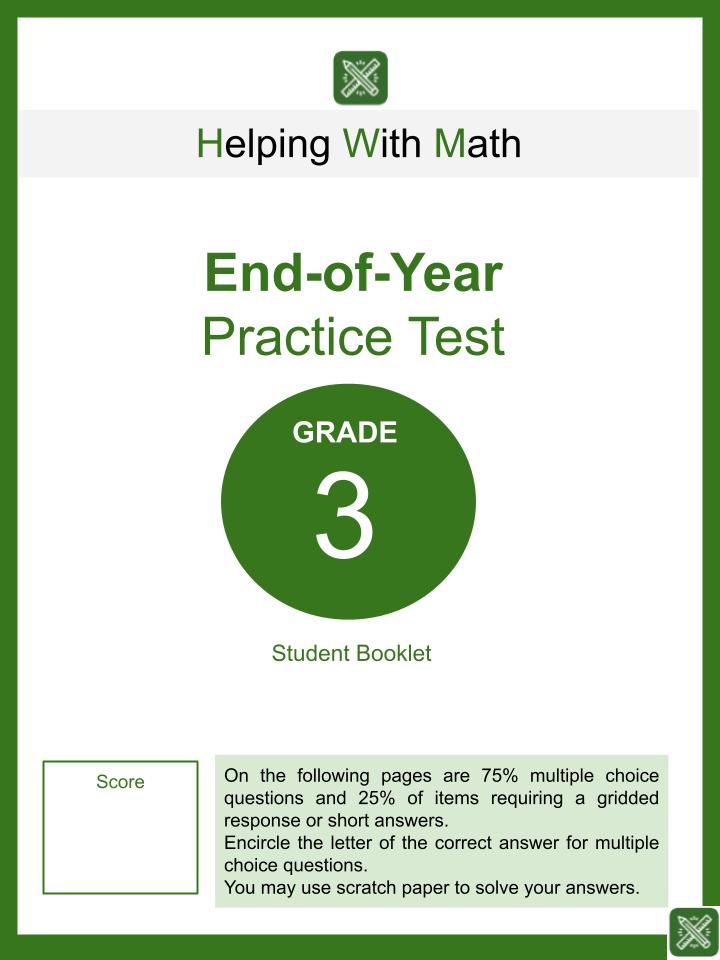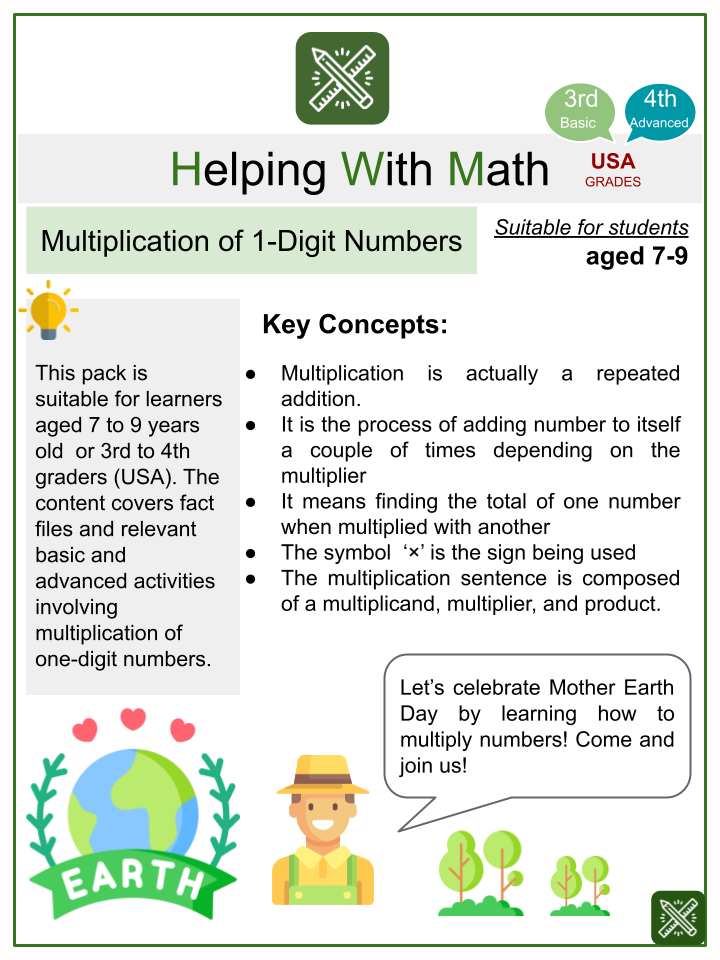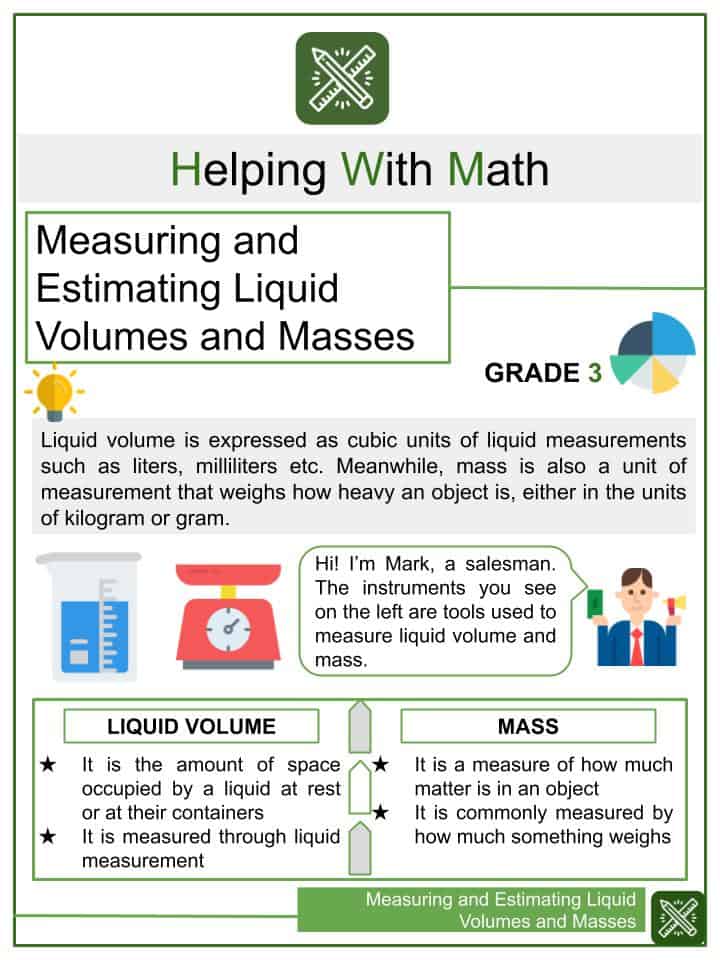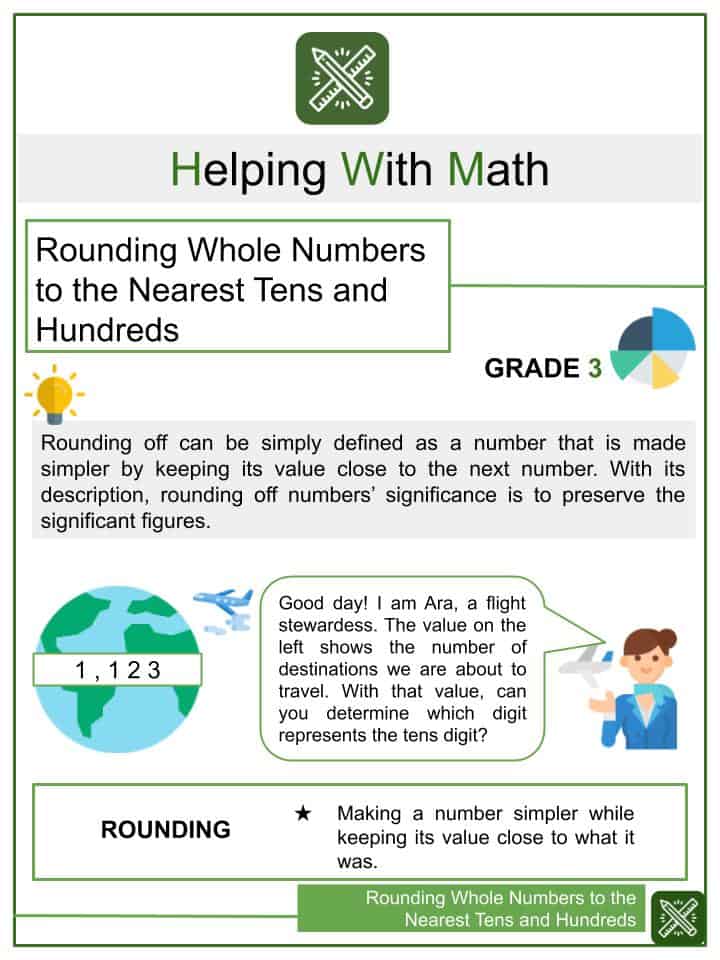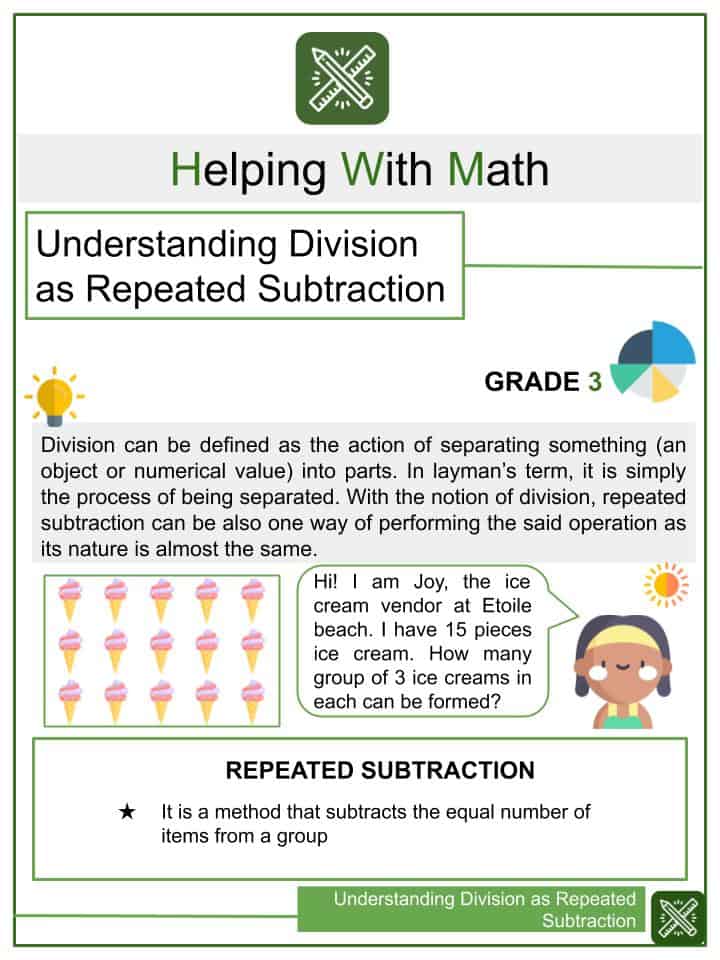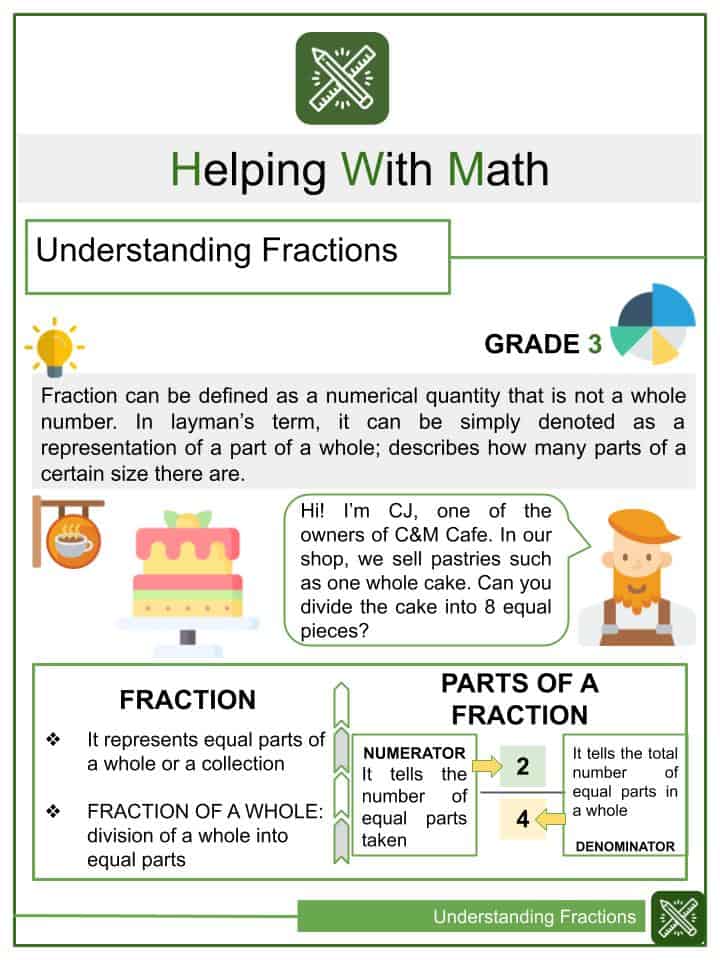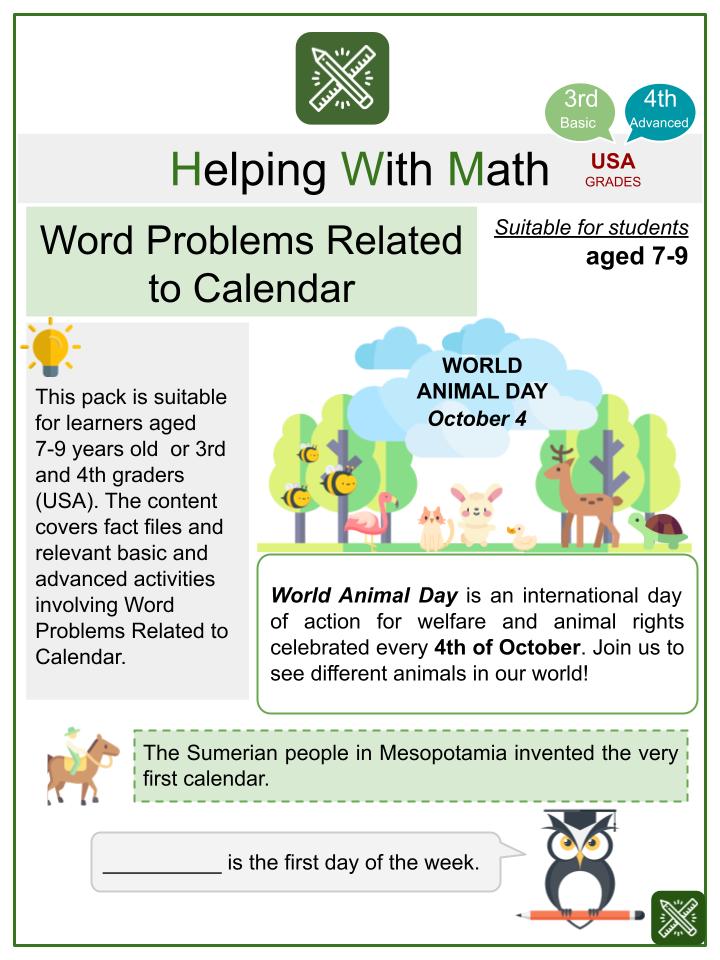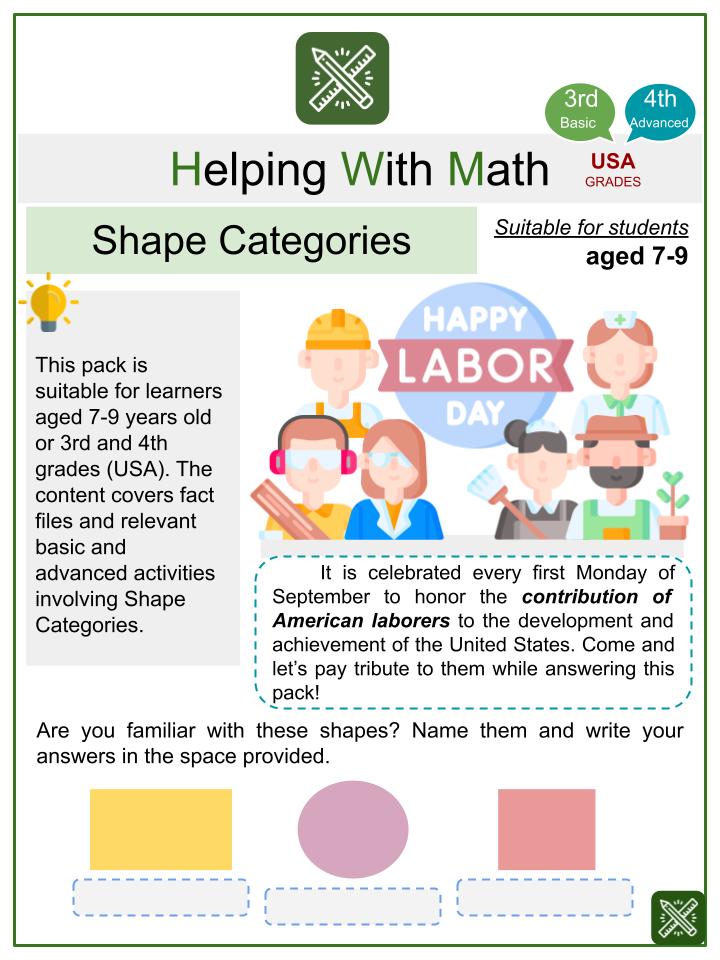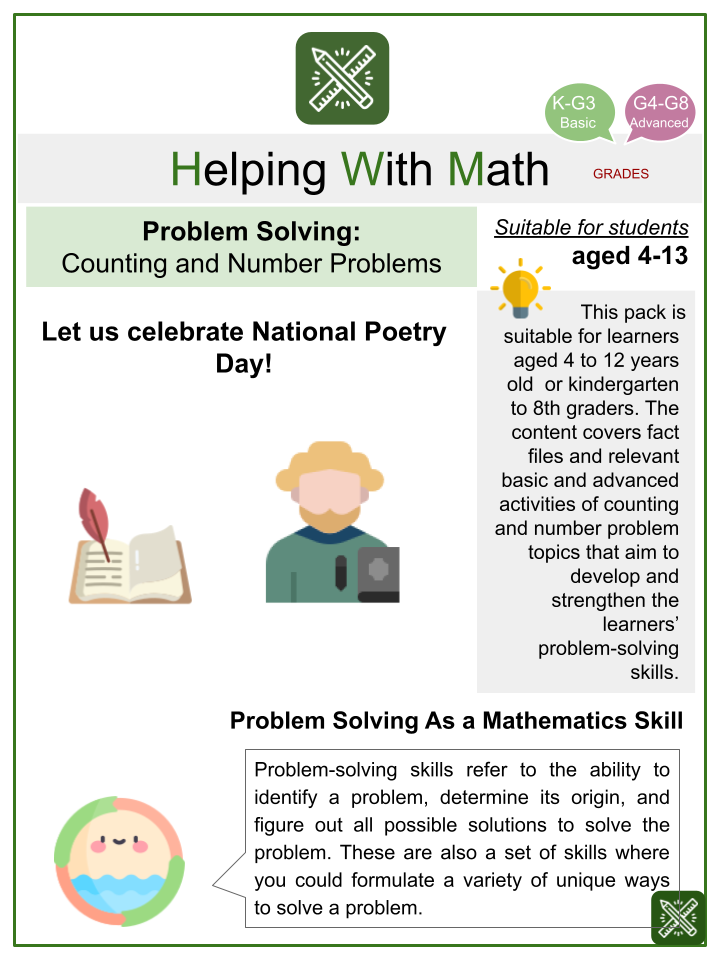3rd Grade Math Worksheets
In this section, you can view all of our third-grade math worksheets and resources. These include common-core aligned, themed and age-specific worksheets. Perfect to use in the classroom or homeschooling environment.
We add dozens of new worksheets and materials for math teachers and homeschool parents every month. Below are the latest grade 3 worksheets added to the site.
3rd Grade Common Core Aligned Learning Objectives & Standards:
Learning objectives:
In Grade 3, instructional time should focus on four vital areas:
(1) initial understanding of multiplication and division and strategies for multiplication and division within 100;
(2) understanding basic concepts of fractions, especially unit fractions (fractions with numerator 1);
(3) strengthening understanding of the structure of rectangular arrays and of area, estimation of measurement; and
(4) describing and analyzing two-dimensional shapes.
Skills to develop:
a. Conceptual skills
- Learners are expected to have an initial understanding of the meanings of multiplication by relating it as repeated addition and division as repeated subtraction of whole numbers through activities and problems involving equal-sized groups, arrays, and area models; they should be able to explain the relationship of the four basic mathematical operations among each other. The focus of these lessons is to find an unknown product for multiplication, and to find an unknown factor for division. For equal-sized group situations, division can require finding the unknown number of groups or the unknown group size.
- In third grade, learners start to make meaning of fractions, beginning with unit fractions—fractions with 1 as numerator. They should describe fractions, in general, as being built out of unit fractions, and they use fractions along with visual fraction models to represent parts of a whole. Learners visualize that the size of a fractional part is relative to the size of the whole. In this level, lessons about fractions are only limited to like fractions or similar fractions.
- Integrate perimeter as an attribute of plane figures and distinguish between linear and area measures. They should also generalize area as an attribute of two-dimensional regions primarily using square grids.
- Students describe, analyze, and compare properties of two dimensional shapes. They compare and classify shapes by more in-depth analysis of the number of sides and angles, and relate these with definitions of shapes.
b. Procedural skills
- Learners apply the properties of operations to compute for the products of whole numbers, by the use of leveled-up strategies based on these properties to solve multiplication and division problems involving single-digit factors. By comparing a variety of solution strategies and methods, third graders learn the procedural relationship between multiplication and division.
- They solve problems involving comparison of fractions by using visual fraction models and strategies based on noticing equal numerators or denominators.
- They should show proper ways to measure the area of a shape by finding the total number of same size units of area required to cover the shape without gaps or overlaps, square units are being used for the introduction of measuring area.
- Learners must illustrate that rectangular arrays can be decomposed into identical rows or into identical columns. By decomposing rectangles into rectangular arrays of squares, students can relate the concept of area to multiplication, and justify using multiplication to determine the area of a rectangle.
- Third graders should incorporate their fraction work to geometry by expressing the area of part of a shape as a unit fraction of the whole.
- Solve problems involving measurement and estimation of intervals of time, liquid volumes, and masses of objects.
- They are also expected to create representations of data such as simple bar graph, line graph, pictograph, etc and be able to interpret it.
c. Life skills
- Another important skill that they learn at this level is the acquisition of the basic concepts of multiplication and division. These are very applicable in money transactions, counting of objects, grouping objects, etc.
- As learners started to visualize that the size of a fractional part is relative to the size of the whole, they will be able to apply it in real-life settings that 1/2 of the paint in a small bucket could be less paint than 1/3 of the paint in a larger bucket, but 1/3 of a ribbon is longer than 1/5 of the same ribbon because when the ribbon is divided into 3 equal parts, the parts are longer than when the ribbon is divided into 5 equal parts. Students are able to use fractions to represent numbers equal to, less than, and greater than one.
- In addition, third grades have given a wider perspective of concepts and applications if measuring time, liquid volumes, and masses of objects.
